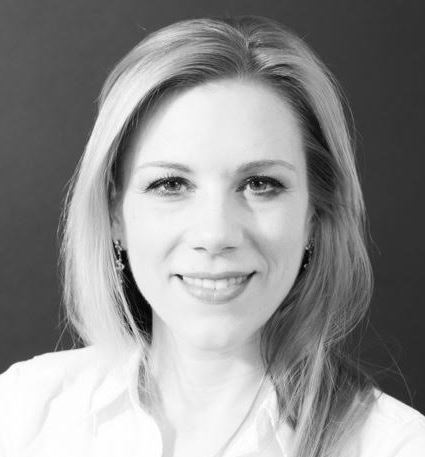
Check our Calendar.
Please register at [email protected] to receive the ZOOM link.
Stéphanie van Tittelboom
Stéphanie Lea-Elisheva van Tittelboom is a student rabbi in her second year at l’Ecole Rabbinique de Paris and the mother of a six-year-old daughter. She is a graduate of Sciences Po and worked in administration and politics before taking up studies at l’Ecole du Louvre to integrate her training of Commissaires-Priseurs from which she graduated. She specializes in antique jewelry and precious stones. Her love of Hebrew texts, the study of their interpretations, and the joy of accompanying people on their life’s journeys, influenced her decision to take up her studies again and become a rabbi.
What is Neshama?
Neshama is a circle of congregants at Kehilat Gesher who come together for conversation and study. Organized in 2016 by Sandra Abramson, a congregant who lives part-time in Paris and New York City, it encourages connection to Jewish life between members of diverse backgrounds. Sparked by a need for comradery in a relaxed setting, Neshama started as a group of ten women who met in members’ homes.
Neshama, the Hebrew word for ‘soul’ or ‘breath,’ was given to the group by Rabbi Tom to signify deeper engagement and support of the synagogue. Not limited to women, it has taken many forms in its short history. In the beginning, members told of their Jewish journeys, or how they became members of KG. Realizing that many people shared similar stories, the circle drew closer. This was followed by a discussion of Jewish names. Some had never been given a Jewish name, and in a naming ceremony, chose a name for themselves. At the beginning of a Neshama gathering, introductions were made by invoking their Jewish names, and naming those family members who came before them. For example, Sandra said, “I am Sandra Abramson, my Hebrew name is Shira, bat Elsie, bat Anna.” I am …, daughter of Elsie, who was the daughter of Anna. In this way, important family members were brought into the circle, continuing the tradition of D’Or V’Dor, or from one generation to the next.
Another facet of Neshama was celebrating the new Hebrew month and its holidays. Rosh Chodesh (the head of the month) has traditionally been thought of as a women’s holiday. The midrash around Rosh Chodesh explains that when Moses went to Mt. Sinai to receive the Ten Commandments, the Jews were left without their leader. In response to a call to build a golden calf with women’s jewelry and other riches, the women refused to worship such an idol. (keeping their jewelry!) They were therefore given a day of rest for their belief in God. Holidays found in each month were celebrated with rituals, poetry, and song, creating an atmosphere of spirituality and closeness.
As support for the synagogue, Neshama organized new member dinners, encouraging introduction to the synagogue in an informal manner. Neshama also assisted in the set-up for the High Holidays, back when KG needed helping hands to transform a church into a synagogue.
As time went on, KG’s rabbinic interns became involved in Neshama. They became scholars-in-residence for the group, leading discussions based on texts from the Torah. Women of the Bible, ostensibly the Matriarchs, were studied at first. This was followed by the discussion of slightly more obscure women. Then, study branched out to include other themes such as the wearing of ritual garments, Kashrut, the ethics of sexuality in the Bible, and other compelling topics.
To date, Neshama continues to exist mainly as a study group. The current Rabbinic Intern is Sephanie Lea-Elisheva van Tittelboom, a second-year rabbinical student at l’Ecole Rabbinique de Paris. She has been leading the group in the study of the Megilla of Ruth, which has been happening mostly on Zoom.
Groupe Neshama welcomes all comers. It is the hope that soon, Neshama can again meet in person to continue its mission of bringing congregants together in a relaxed and informal setting.
For any questions and an upcoming schedule, please contact Sandra Abramson at [email protected].